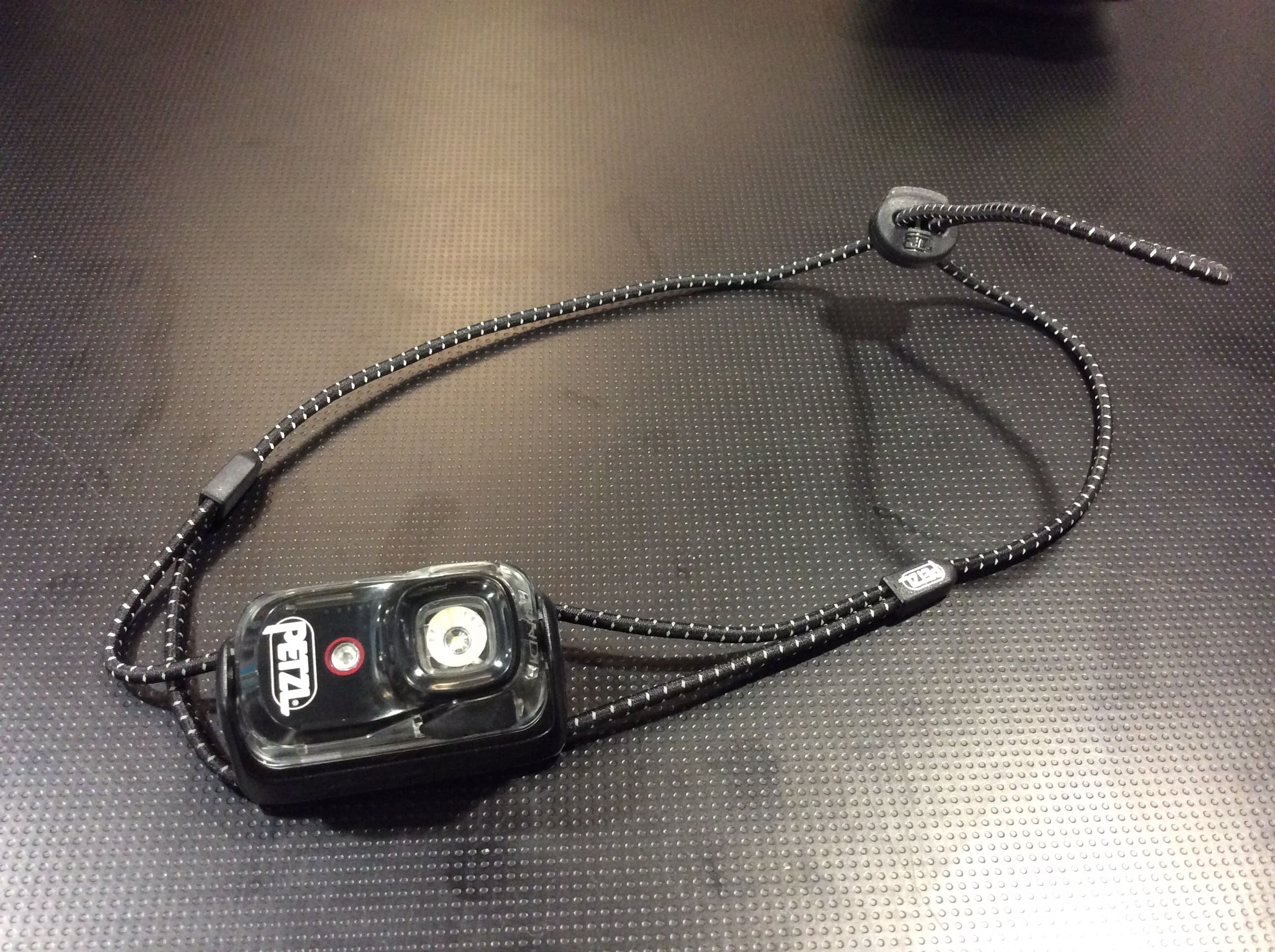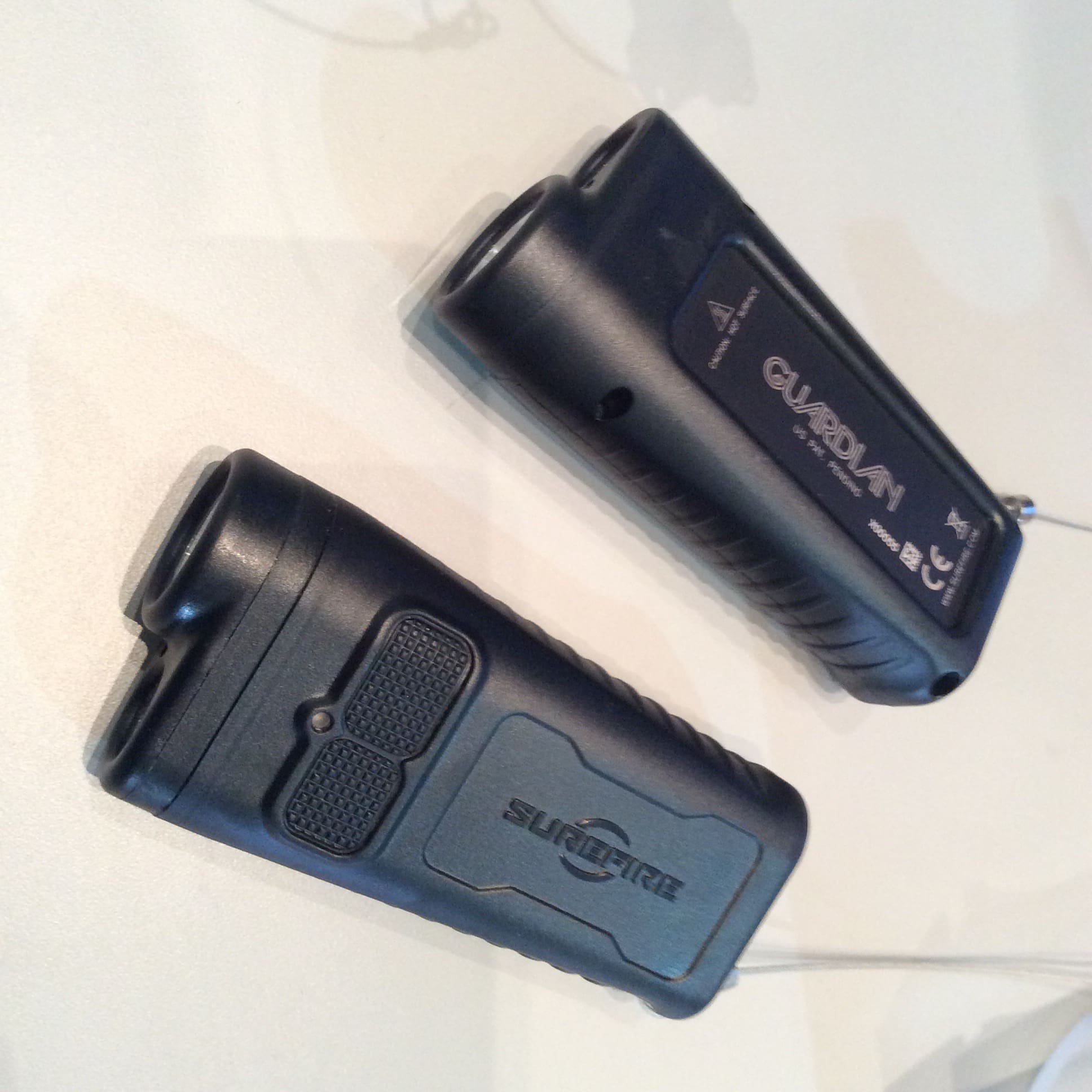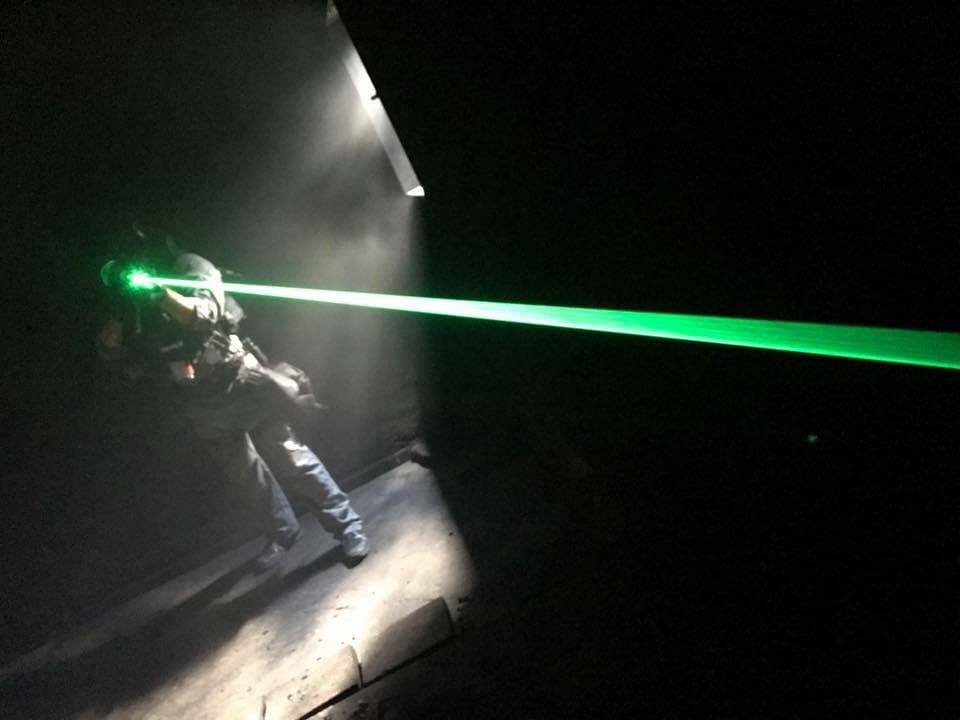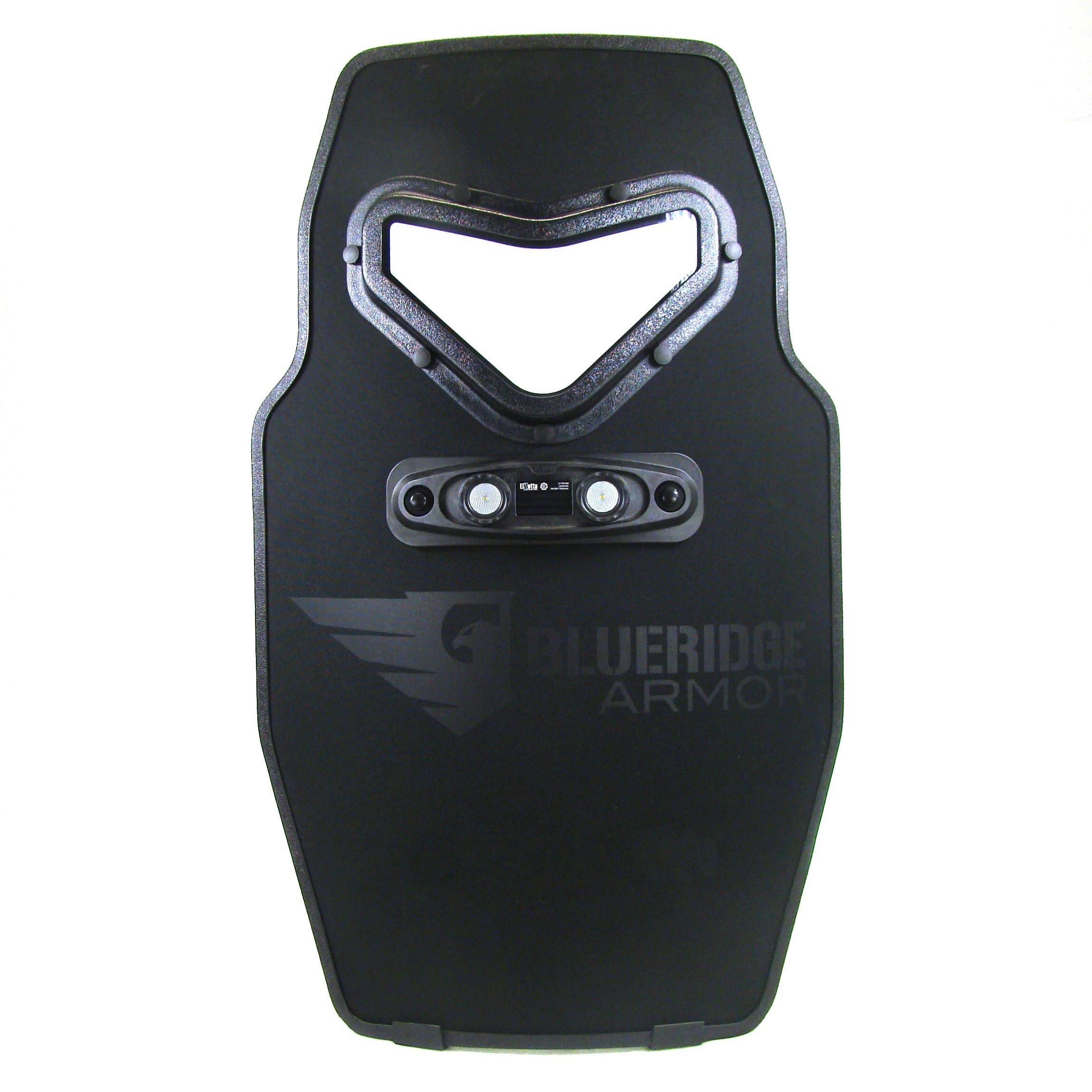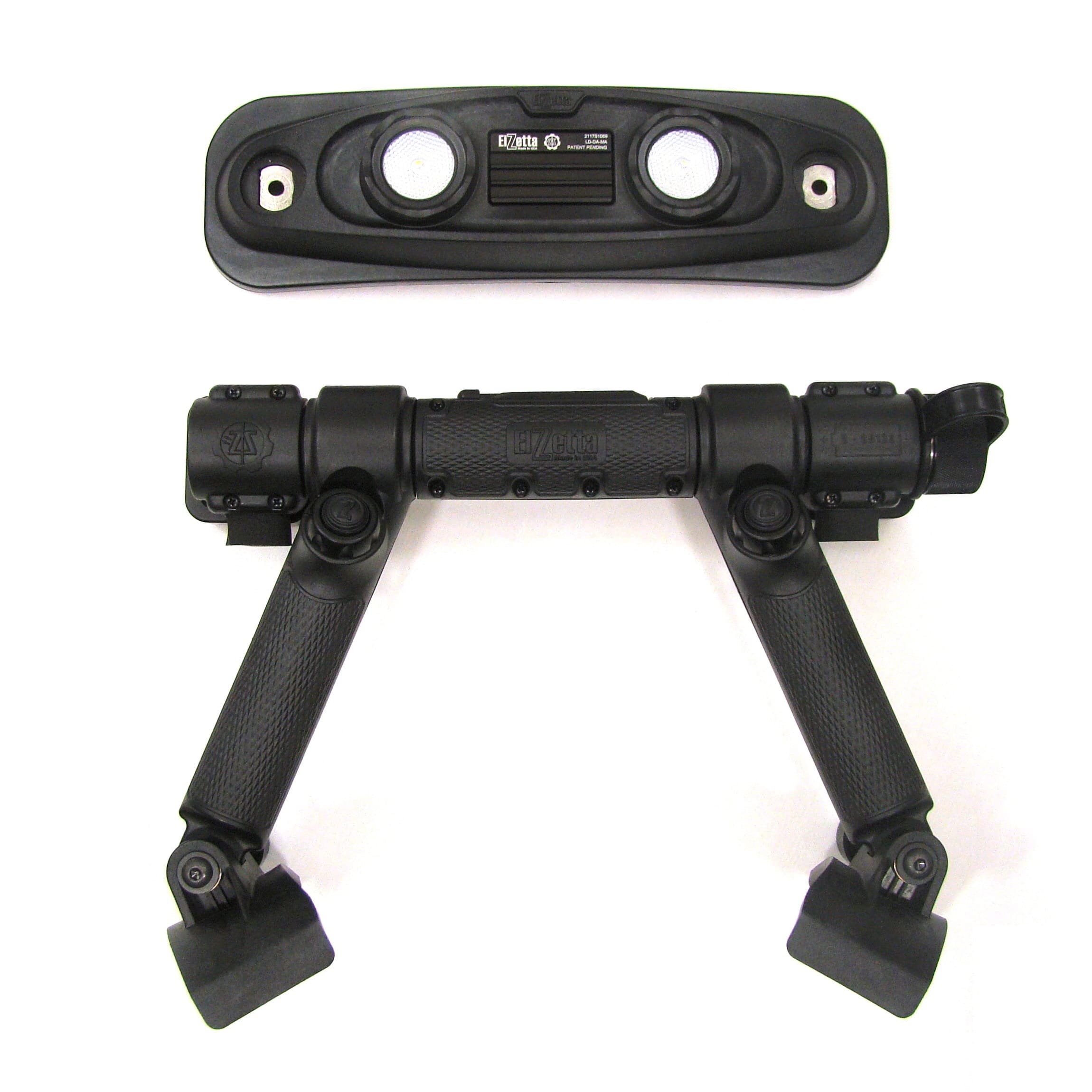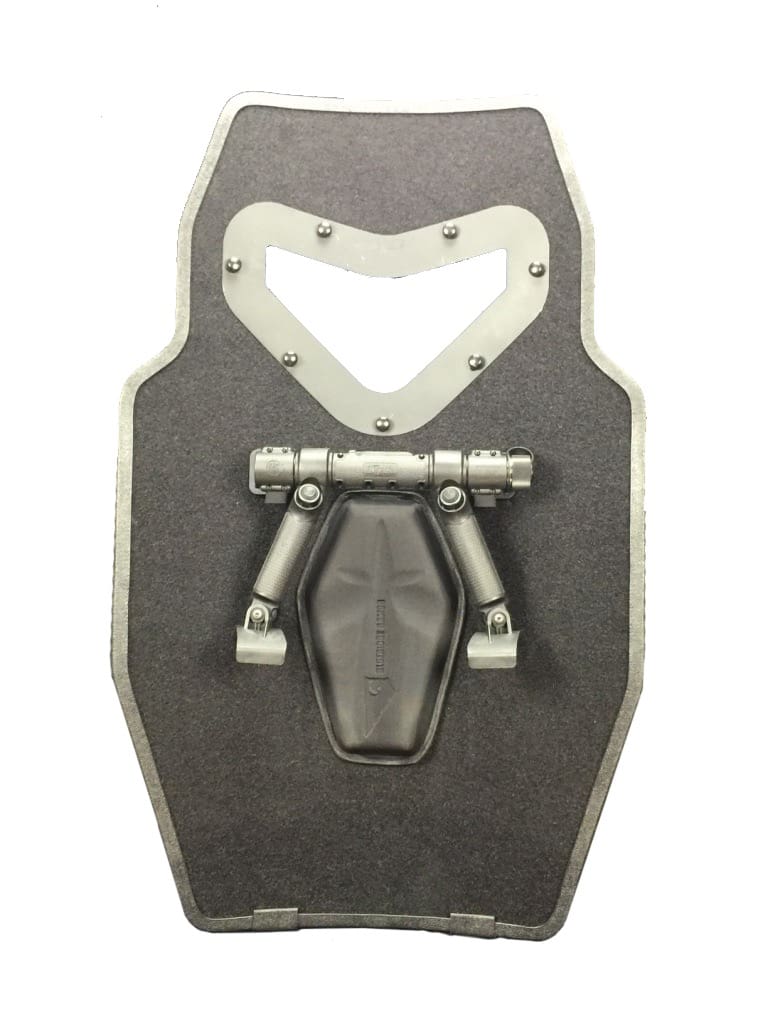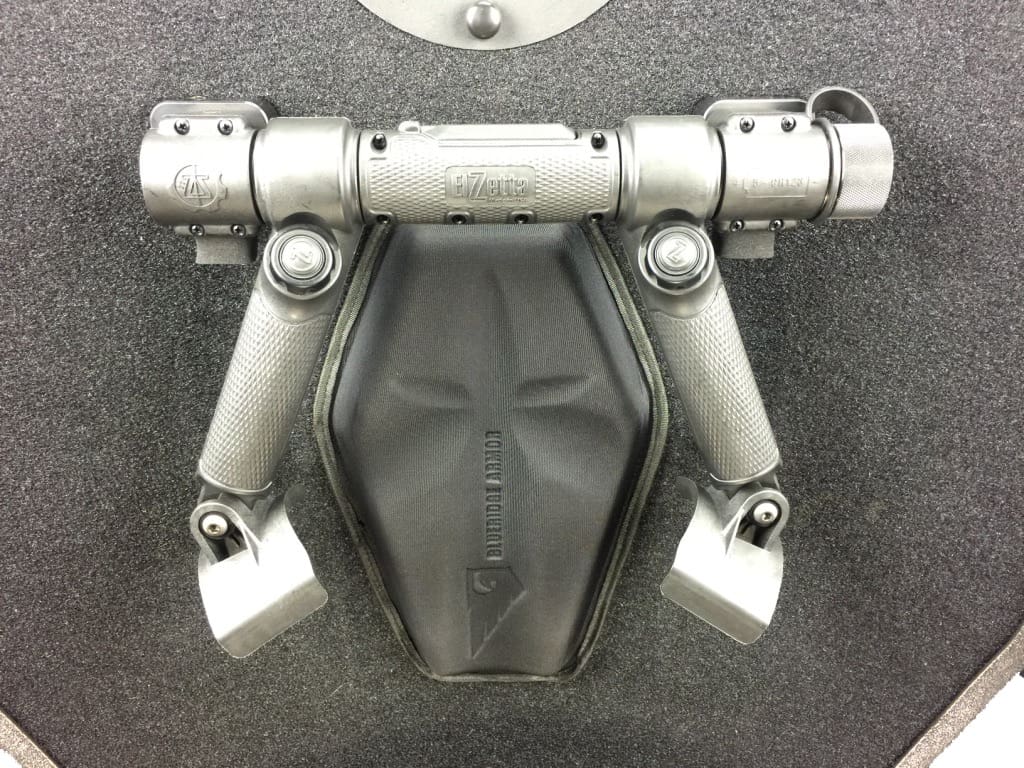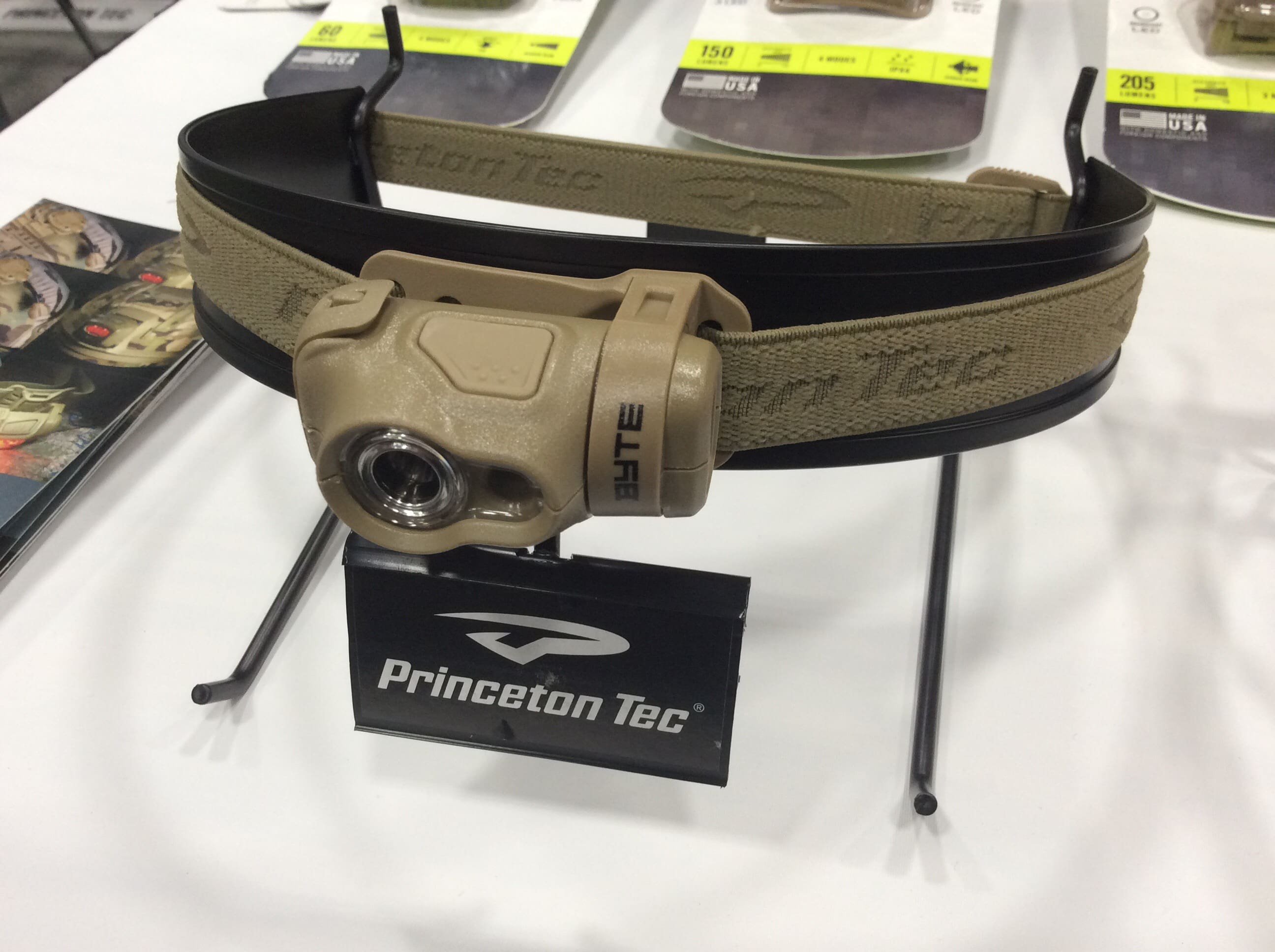BlueRidge Armor announced the launch of the VENGEANCE™ series, a new hard armor tactical shield line. Introductory models of the new ballistic shields were displayed July 13th and 14th at the ADS Warrior Expo East in Virginia Beach, Virginia.
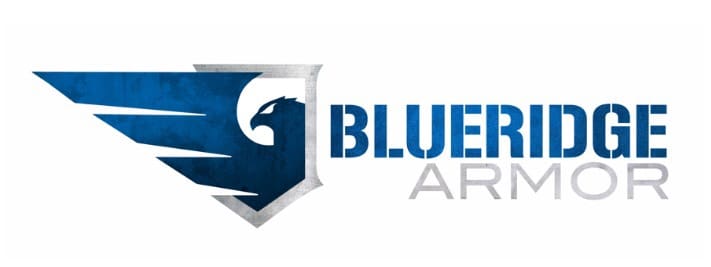
The VENGEANCE™ Series builds off BlueRidge Armors popular WMX1 Transporter Platform. Partnering with Dix Defense distribution and Elzetta Lighting, maker of the toughest flashlights on the planet, the new series introduces an exclusive patent pending viewport, and two available patent pending lighting systems. The VENGEANCE™ viewport offers the same side to side peripheral vision of a traditional rectangular viewport, while improving lower peripheral vision and maintaining a high degree of upper helmet coverage as the result of its unique Deep-V top.
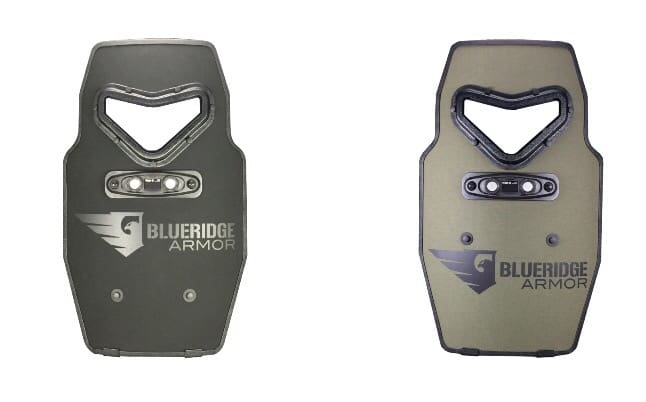
Elzetta Lighting developed two new shield handle systems with integrated high output LED lights. A Horizontal handle system incorporates a proprietary single point, ambidextrous pressure switch eliminating exposed wiring. The revolutionary Tridextrous™ handle system offers three grip angles and greatly improves ergonomic three-point control of the shield. Three intuitive light activation points are easily accessible for both right and left handed users. Both systems feature high output 1000 lumen LED lights, incorporate distinct diamond textured grip surfaces and are proudly made in America.
BlueRidge Armor, LLC., Dix Defense and Elzetta Lighting are independent, privately held companies.
For further information please contact:
BlueRidge Armor LLC, Phone – 844-556-M855 – email – info@blueridgearmor.com – blueridgearmor.com
Dix Defense, Phone – 336.558.9512 email – dixenterprises@dixdefense.com – dixdefense.com
Elzetta Lighting, Phone – 859-707-7471 email – info@Elzetta.com – elzetta.com



